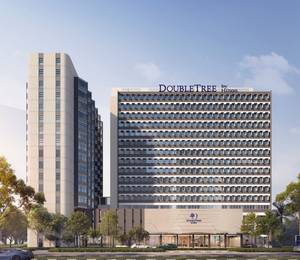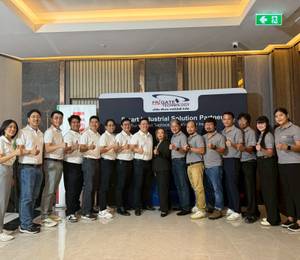Oslo, Norway – The new Beijing sub-centre library, due to complete by the end of 2022, will offer a contemporary yet timeless space for learning, knowledge sharing and open discussions, as well as celebrating the cultural richness of Beijing and China at large. Aiming to set new standards for sustainable library design, the Beijing sub-centre library will become distinctly different to conventional libraries, utilizing technology, smart design and local resources.
Following an international design competition win in 2018, Snøhetta was commissioned to design the new sub-centre library in the Chinese capital and has developed the architectural, landscape, and interior design in partnership with local partner ECADI. Construction started in 2020 and since then, the roof has been put in place and the tall glass enclosure, up to 16 metres, is currently under installation. At completion, this will be China’s first self-supporting glass facade project.
Beijing sub-centre library aims to set a new benchmark for future library design in many aspects – from building and enclosure technology, social and environmental sustainability, to public ownership in cultural spaces. When creating the new Beijing sub-centre Library, Snøhetta and its partners have strived to meet the highest standards possible when it comes to sustainability.
The roof has integrated photovoltaic (BIPV) construction elements that replace the conventional roofing and facade materials, utilizing the prime exposure of the rooftop to sunlight for renewable energy production and creating one of the most environmentally friendly roofs possible. The roof also has an overhang to reduce solar gain. The glass height has been reduced on the walls facing east and west, as well as adding an active sun-shading device facing the south and west façade. The glass itself is an insulated glass unit with Low-E- performance. All the major materials for the construction have been sourced locally, and the use of modular components with a rationalized structural grid has been used to reduce the need for customization for both the columns and the roof.












